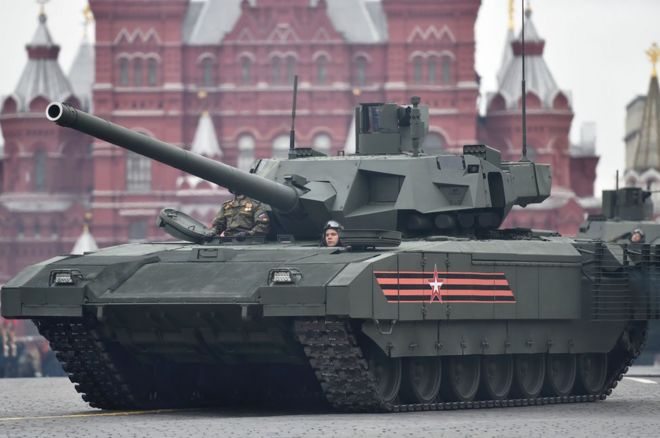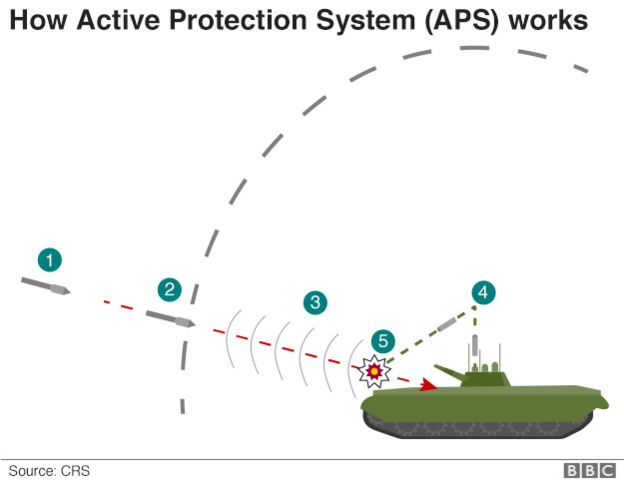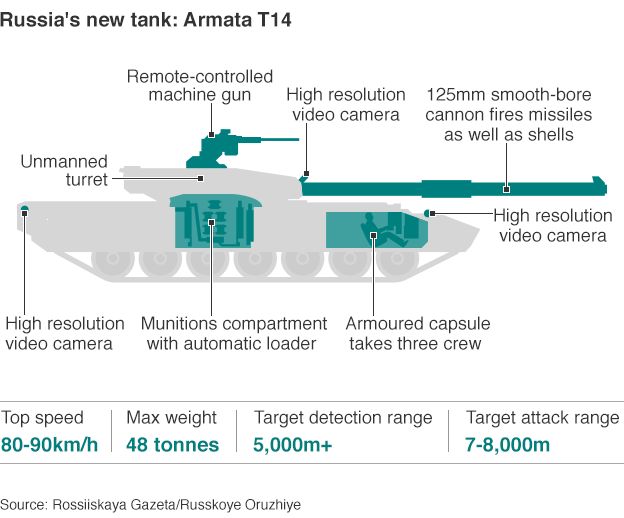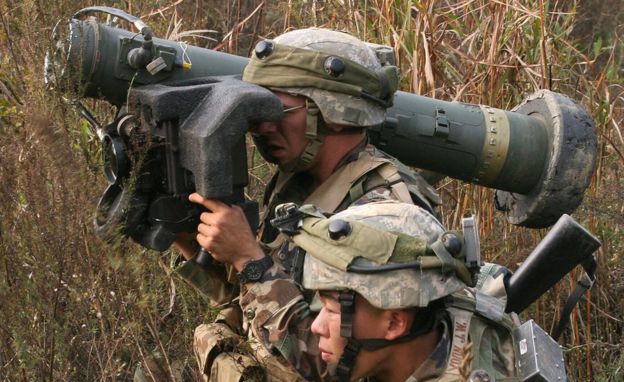By Jonathan Marcus
 A Russian innovation in armoured warfare has pushed Norway to replace many of its current anti-tank systems.
A Russian innovation in armoured warfare has pushed Norway to replace many of its current anti-tank systems.
Active protection systems (APS) are being built into Russia's new Armata T-14 tank, posing a problem for a whole generation of anti-armour weapons, not least the US-supplied Javelin guided missile, used by the Norwegian Army.
The warning comes from Brig Ben Barry of the International Institute for Strategic Studies (IISS) in London. He says this is a problem that most Nato countries have barely begun to grapple with.
APS threatens to make existing anti-tank weapons far less effective, and there is little real discussion of this among many Western militaries, he says.
Some countries are conducting research and trials to equip their own tanks with APS. "But they seem to miss the uncomfortable implications for their own anti-armour capabilities," he says.
Norway is one of the first Nato countries to grasp this nettle. Its latest defence procurement plan envisages spending 200-350m kroner (£18.5-32.5m; $24-42m) on replacing its Javelin missiles, "to maintain the capacity to fight against heavy armoured vehicles".
"There is a need for [an] anti-tank missile," it says, "that can penetrate APS systems".

APS is the latest twist in the age-old battle between offence and defence in military technology.
At different periods one side has held the advantage over the other. The armoured knight once ruled supreme, but the widespread use of firearms put paid to the armour-clad nobility's dominance.
Since World War Two the tank, like the knight of old, has reigned supreme on the battlefield.
It is of course vulnerable to the main guns of other tanks. If you have a heavy enough shell and a gun firing at high-enough velocity you can punch through even the best armour.
But tanks are also vulnerable to other weapons systems, and that is what APS is designed to deal with.

Since World War Two a whole category of lighter, man-portable anti-tank weapons has been devised.
Since they have to be carried by the infantry they depend not upon velocity and mass to get through the tank's armour, but on a chemical reaction. These warheads impact on the external armour and a metal core forms into a molten jet that pierces through.

No comments:
Post a Comment